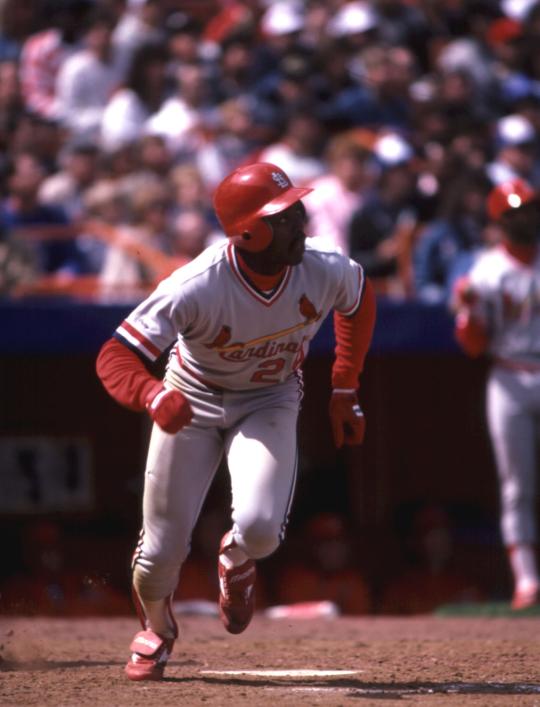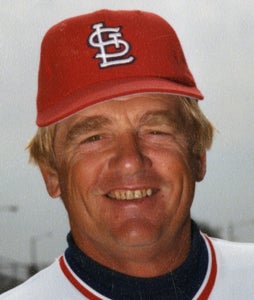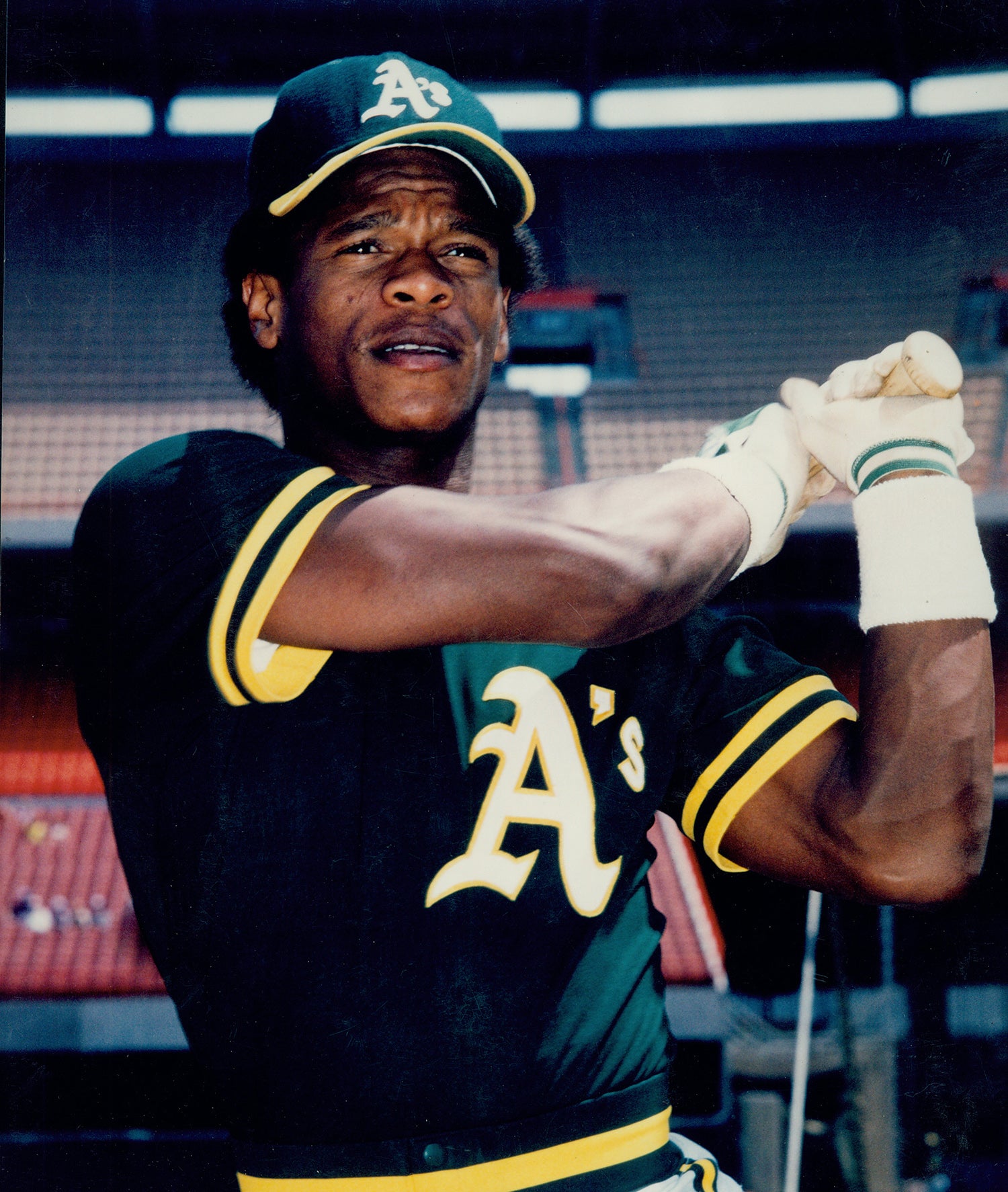- Home
- Our Stories
- #CardCorner: 1986 Topps Vince Coleman
#CardCorner: 1986 Topps Vince Coleman
The stolen base leaders for the National League and American League in 2019 were Ronald Acuña Jr. of the Braves and Mallex Smith of the Mariners, who totaled 83 steals between them.
On Aug. 21, 1985, 23-year-old Vince Coleman of the Cardinals reached that number by himself – and would steal another 27 bases in St. Louis’ final 42 games.
Hall of Fame Membership
There is no simpler, and more essential, way to demonstrate your support than to sign on as a Museum Member.
The National League, quite literally, spent that summer and several after it playing – and failing – at a game of To Catch a Thief with the Cardinals’ unstoppable left fielder.
With the stolen base going the way of the rotary phone and the shopping mall, we may never see his like again.
Coleman’s 1986 Topps card appears to depict him in Spring Training – possibly prior to his big league debut on April 18, 1985. A 10th-round draft pick by the Cardinals out of Florida A&M University (where he punted and kicked for the football team as well as starred on the diamond) in 1982, Coleman laid waste to opposing teams on the base paths in his first three pro seasons. In 1983 with Class A Macon of the South Atlantic League, Coleman set a new minor league record with 145 steals in just 113 games (he missed about a month with a broken hand), then swiped 101 bases with Triple-A Louisville in 1984.
In 1985, Coleman returned to Louisville to start the season and was 3-for-22 (.136) at the plate in five games when injuries to Cardinals left fielder Tito Landrum and center fielder Willie McGee left manager Whitey Herzog with few options in the outfield. Coleman arrived in St. Louis on April 17, and the next day found himself in center field, batting leadoff against the Montreal Expos.
“It’s good to get Coleman up here and get him used to it for a while,” Cardinals manager Whitey Herzog told the St. Louis Post-Dispatch. “I’m going to try to get him a little playing time.”
In the third inning of his first game, Coleman lashed a line-drive single to left in his second big league at-bat. The first of 752 big league stolen bases quickly followed.
“Once Coleman gets it all together,” Expos coach Russ Nixon told the Post-Dispatch, “the throw is going to have to be perfect if you’re going to get him at all.”
Few catchers did. In his first 15 games, Coleman stole 15 bases and was caught just three times. His leads off first base would often result in both his feet on the Busch Stadium turf – totally off the dirt cutouts around the bag.
Coleman played in 21 straight games following his recall, and the Cardinals soon turned into the talk of the league with their daring plays on the bases. With a team that was not expected to contend for the postseason, Herzog fashioned an offense that led the NL with 747 runs scored despite hitting only 87 home runs (11th in the 12-team league).
Coleman finished the season with 110 steals to go with a .267 batting average, 170 hits and 107 runs scored in 151 games. But prior to Game 4 of the NLCS vs. the Dodgers, Coleman was caught under the rolling automatic tarpaulin machine at Busch Stadium during warmups. The injury to his leg sidelined him for the rest of the postseason, and the Cardinals eventually lost to the Royals in seven games in the World Series.
Coleman was the unanimous choice as the NL Rookie of the Year, and he followed it up with 107 steals in 1986, though his batting average dropped to .232. In 1987, however, Coleman hit .289 with a career-best 70 walks, pushing his on-base percentage to .363. His 109 steals again led the league – making him the only player in modern history with three straight seasons of at least 100 stolen bases.
Coleman’s stolen base totals dropped over the next three seasons, but he still led the NL each year with 81, 65 and 77 steals, respectively. In 1989, Coleman set a record with his 50th straight steal without being caught – a string that shattered the previous mark of 38 held by Davey Lopes.
“The only guy who might break it,” Herzog said of Coleman’s record, “is him again.”
Coleman left the Cardinals via free agency following the 1990 season, signing a four-year deal with the Mets worth a reported $11.95 million.
But injuries and off-the-field issues left him unable to recapture the magic of St. Louis, and Coleman finished his career in 1997 after stints with the Royals, Mariners, Reds and Tigers.
Coleman’s 752 career steals rank fifth all-time among modern era players. His 13 big league seasons, however, are by far the fewest of anyone in that Top 5 – with Rickey Henderson (No. 1), Ty Cobb (No. 3) and Tim Raines (No. 4) all having played at least 23 big league seasons, and Lou Brock (No. 2) having appeared in 19.
More than 30 years after his third straight 100-steal season, Coleman remains the last player to reach the century mark. Since the dawn of the 21st century, the most steals in one season has been 78 by the Mets' Jose Reyes in 2007.
Vince Coleman may truly be the last of his kind. For a period of time, there was no player who did his job better than the switch-hitter who turned speed into pure excitement.
Craig Muder is the director of communications for the National Baseball Hall of Fame and Museum











